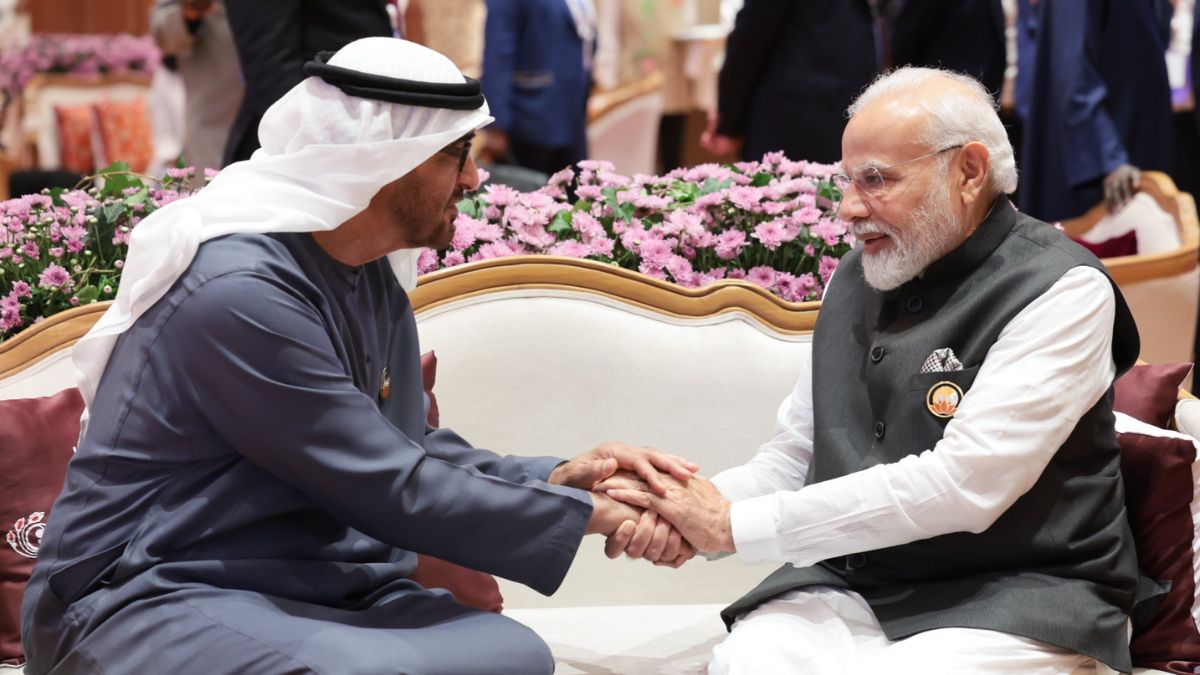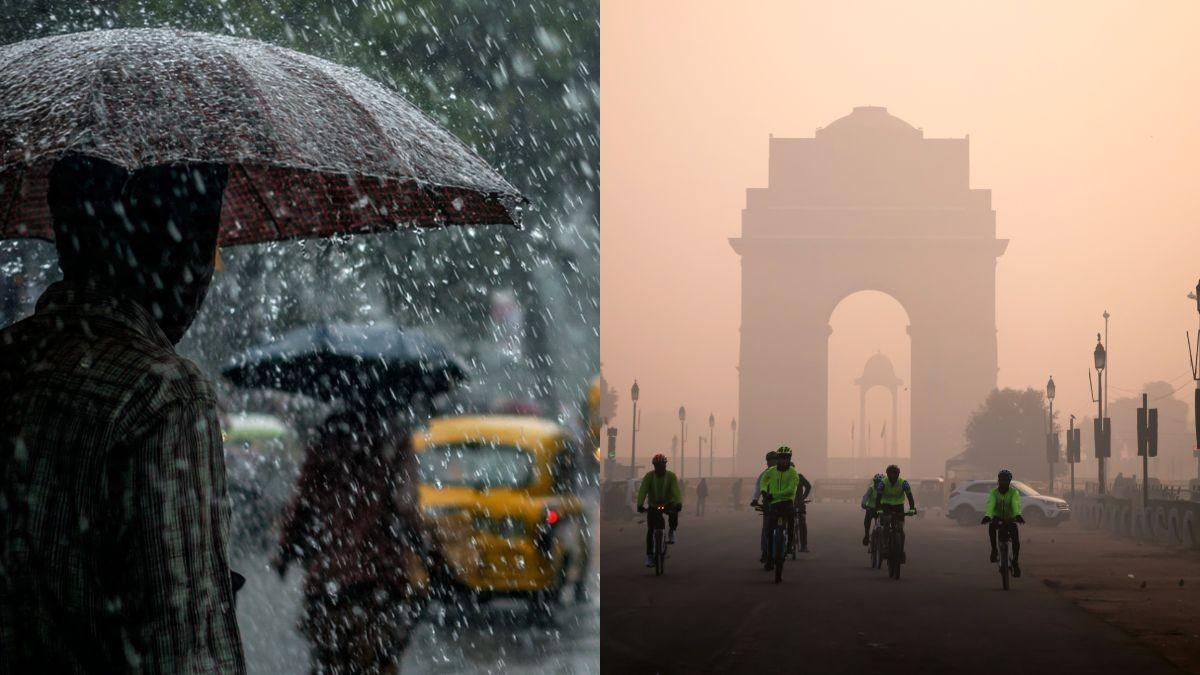G20 Summit recently concluded in India and there were many important decisions that were taken during the meeting. One of the most important highlights of the summit happened to be the launch of the proposed trade corridor, which will connect India to the Middle East. Announced by India and the United Arab Emirates, this India-Middle East Europe Economic Corridor is a part of the Partnership for Global Infrastructure and Investment. But in case you are wondering how this will connect the continents, there are certain videos on the microblogging website, X (formerly Twitter), going viral that explain the proposed corridor route.
All About The India-Middle East Europe Economic Corridor
Proposed India-Middle East-Europe trade corridor explained in this video. pic.twitter.com/ndshkZOji0
— Vice Admiral Arun Kumar Singh (@subnut) September 11, 2023
According to a report by NDTV, a viral video by Vice Admiral Arun Kumar Singh showcases how the route for the India-Middle East Europe Economic Corridor will work. In the animated video, one can see that a ship is leaving from the Western Ports of India and heading towards the Gulf of Oman. Once it docks in Dubai, this cargo then takes a rail route to move across the regions of Saudi Arabia, Jordan, and Israel. After this, it is again seen taking the sea route from Haifa to reach Europe. Once it touches Cyprus, from there, it reaches Greece and then the cargo is transported via land route to Serbia and Croatia in Southeastern Europe. After this, it enters Austria and finally ends its journey in Germany. With this, the cargo ends up covering a distance of 8,158 km according to the animated video.
Also Read: G20 Summit: A Saudi Man Flew Down To India To Meet UAE President; Stopped At Hotel Lobby
Why Is This Corridor Important?
At the G20 Summit in India I engaged in constructive talks and reaffirmed the UAE’s belief that the world must unite to confront the challenges facing humanity. We will continue to support international efforts aimed at achieving a stable and sustainable future for all. pic.twitter.com/0YC2oypXVu
— محمد بن زايد (@MohamedBinZayed) September 9, 2023
However, if you’re wondering about the significance of this corridor, it will not just bring India and Europe closer but will also give rise to faster and cheaper business. This route is quite important as it is an alternative to China’s BRI, and thereby saves participating countries from falling into a debt trap of China. Not to mention, this will also revolutionise energy, communication, and trade through the networks of railway and water. Moreover, the proposed corridor will also help in the transportation of containers from Mumbai to Europe a lot easier, as they have to go through the Suez Canal at present. So, a rail route from Dubai to Haifa will be built for the corridor, as a result, existing business will be boosted by a whopping 40%.
And since India will be in the centre of the corridor, connecting both Europe and the Middle East, it will not just improve infrastructure but communication as well.
Cover Image Courtesy: X/narendramodi
First Published: September 12, 2023 4:02 PM



